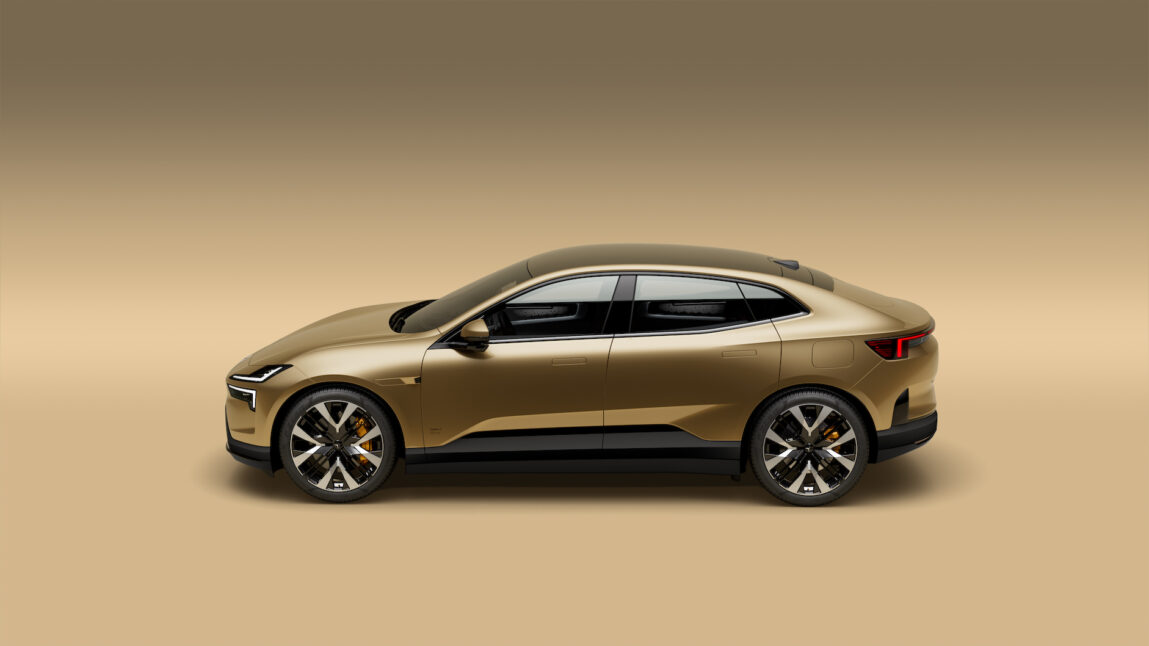The Precept concept car, which was presented by Polestar in 2020 as a kind of design compass for the future of electric mobility, already gave a glimpse of the brand’s long-term design visions and, in particular, of the plan to develop a completely new breed of SUV coupé. With the Polestar 4, which is now also available to order in Europe (and Australia), the team led by head of design Maximilian Missoni has now turned this into reality and shown how the flat silhouette and aerodynamics of a coupé can be merged with the spaciousness of an SUV. Some design surprises included.
Perhaps the most astonishing thing first: in its constant search for innovation in the automotive industry, Polestar presents the Polestar 4, a production vehicle that surprises at first glance with a truly remarkable design solution: the lack of a rear window. This exciting design decision, which was already used in the concept car Precept promises a completely new approach in terms of aesthetics, functionality and, last but not least, comfort, as Maximilian Missoni, Head of Design at Polestar, emphasizes: »The Polestar Precept had already given a preview of a breathtaking new vehicle experience by dispensing with the rear window for the first time. The rear head area, which plays an important role in safety, has also been moved further back. This means we can now offer passengers in the back seat a unique experience in our SUV Coupé.«
A high-resolution screen replaces the function of the rear-view mirror and shows a real-time image from the rear-facing camera mounted on the roof, which also provides a significantly larger field of vision. Due to the absence of a rear window, the glass roof fitted as standard then extends over the heads of the rear passengers, creating a thoroughly unique interior ambience.
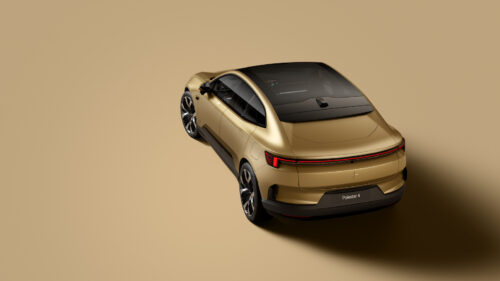
The appearance of the third Polestar model is also bold and full of character in other respects—which, of course, is more of a duty than an optional extra in times when new EV brands are constantly entering the market. The new headlight graphics with the two-part twin headlights on the elegantly flat front also signal a new and unmistakable brand face. Complemented by the Polestar emblem, which—as a particularly beautiful design solution— does not illuminate itself, but is instead backlit in white. A composition that is sure to give the Polestar 4 the unmistakable presence on the road that it desires.
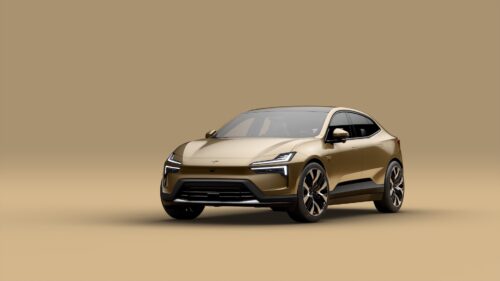
However, the design of the Polestar 4 is not only aesthetically pleasing, but also functionally well thought out. The aerodynamic efficiency (of the fastest Polestar production vehicle to date) is supported by the aforementioned low vehicle front, the retractable door handles, the flush glazing with frameless windows, the rear aero slats and the optimization of the air flow around the rear light bar.
The 15.4-inch landscape screen of the Android-based infotainment system forms the visual centerpiece of the interior, which is already characteristically tidy and of high quality for Polestar. Thanks to the integration of Google, including services such as Google Assistant or Google Maps, Polestar offers a truly connected driving experience that is also – as Chapter has already been able to see for itself during test drives – pleasantly self-explanatory, clear and intuitive to use. By working closely with Google on an ongoing basis, Polestar also aims to constantly expand and further optimize the capabilities of its system.
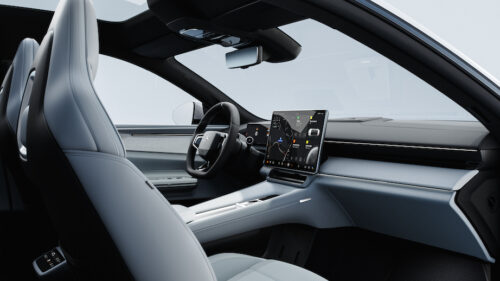
The materials in the interior have been designed under the motto »Soft Tech« and are inspired by the fashion and sportswear industry, explains Polestar. New materials used include a tailor-made knitted textile made from 100% recycled PET, as well as »MicroTechVinyl« with organic content and traceable leather from the Scottish manufacturer Bridge of Weir.
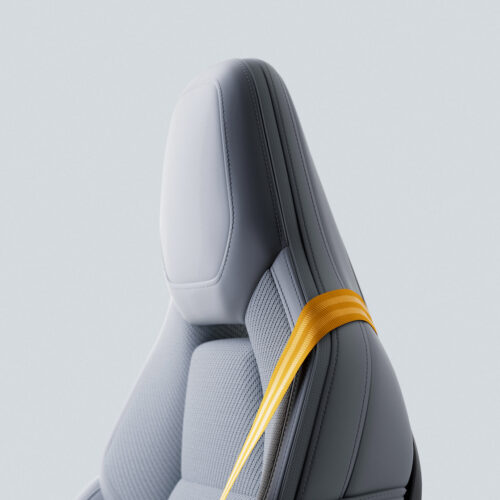
These tailor-made fabric covers are also a novelty in the automotive industry. The textile also shown in the Precept concept vehicle is made from 100% recycled polyester. The material and design were conceived by Polestar designers in collaboration with the Swedish Textile College(Borås Textilhögskolan). According to Polestar, it is to be manufactured with such precision that hardly any waste is produced and overall waste is reduced. [Red .]

